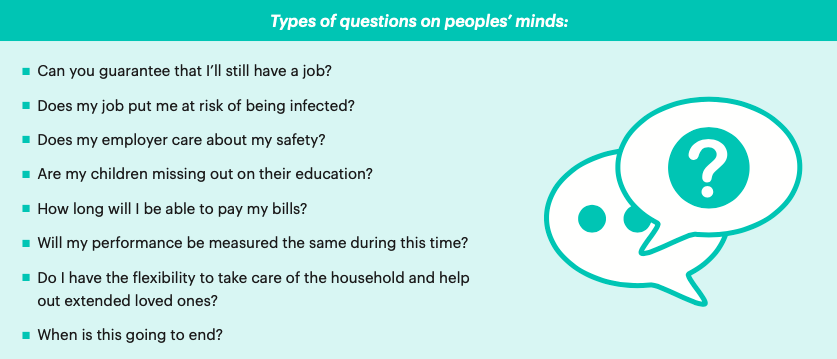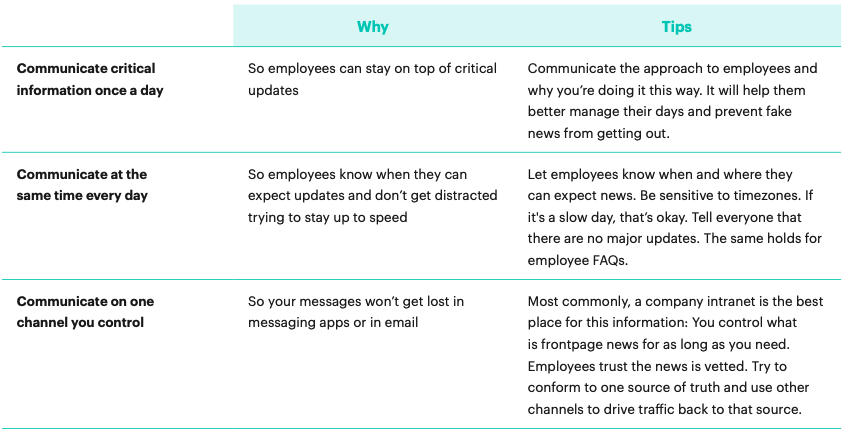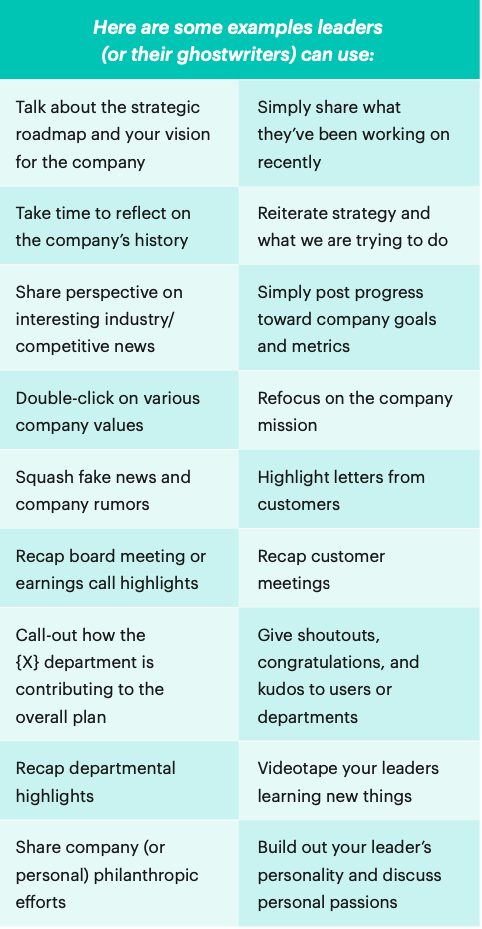COVID-19 changed how companies communicate with their employees overnight. Here is how your organization can manage your crisis communication using an intranet to keep your distributed employees connected, and make the most of the unprecedented situation.
The human condition requires human communication. Employees are more worried about their families’ health, job security, how they’re going to pay their bills, etc. than about the next product release.
Understand Employees’ “Me” Takes Priority Over Company’s “We”
Organizations and leaders must step up and be transparent, authentic, and empathetic. Now is the time to lose HR corporate-speak and legal formalities, and speak freely with your employees

It’s okay if you don’t have the answers to their questions. Merely acknowledging their concerns and listening to them is better than silence.
Make It Clear How and When You’re Communicating
Knowledge saturation should be a concern because there is so much information sharing happening. To communicate effectively, many experts recommend organizations communicate critical information once a day, at the same time every day, on a channel you control.

Focus on structuring and curating news updates to combat over-communicating so employees know the difference between the “need to know” and “everything else.” Once employees are familiar with and can differentiate the two, continue to share news and content frequently and regularly
Check In On People
It may sound cliche but everybody is handling crises and times of change differently, particularly those who are impacted financially or newly working from home. Understanding differences in working environments is important because it heightens the importance of empathy.
- Because of this, engagement surveys and pulse check polls should happen on a frequent and consistent basis
- Most importantly, make sure to set up processes to close-the-loop. Surveys are useless if you don’t act on findings.
- Additionally, analytics and sentiment analysis from pulse checks and your intranet will provide valuable insights into how you should be adjusting your editorial or content calendar. Take the time to review them, as most organizations are seeing a shift in time-of-day open rates and types of content that employees are interested in
Leaders Have To Lead, Now Is The Time
It’s time for genuine empathy from leadership. Leaders need to step up and be present and listen to their employees. Employees need to be heard. Leaders need to be transparent and honest, whether the news is good or bad. Now is not the time for preaching. Employees want the information to be regular, timely, short, useful, relevant, interesting, unique, clear, and inspiring. Many CEOs are creating low-production videos from their phones, because videos are consistently the preferred medium.
Employees look to their leaders for assurance in times of uncertainty, so it is important to consistently beat the drum with updates like:

Normalize the abnormal “New Normal”
The global COVID-19 crisis has changed a part of your company culture permanently in many ways. Every organization is different with its unwritten rules. Depending on where your culture started, organizations should not be limited to only sharing news and updates. Organizations should be conscious of these evolving unwritten rules and address new norms. You want to help employees feel like it’s okay if they take an hour to help with children’s’ homework or if they use green screens on customer Zoom meetings.
You need to explicitly communicate new cultural norms in addition to news updates. If certain activities are okay now, but not permanently, address it now and let everybody know. You can’t afford to let de facto practices completely overrun processes that exist for a reason.
Be Aware Of How You Act And Speak
Company leadership and internal communicators need to be keenly aware of how you’re acting and speaking during a crisis.
Here are some things to be mindful of:
- Be empathetic. Everyone’s stresses are not your own
- Read the room. Ask for feedback and gut checks so you’re not accidentally tone-deaf
- Assume positive intent in people (and try not to let the “what if demons” get the most of you)
- Give your leaders a break. These are tough times for everyone, and their jobs aren’t easy.
- Don’t gossip
- Ask yourself if you’re helping clarify or adding noise
- Prepare for constant change
Prepare Ahead To Conduct “Business As Usual”
Be prepared to ramp up communications as things return to normal prior to the crisis. Your organization may return to new rules like greater flexibility while many would be nervous to return to the old normal.
Employees have benefited from the added attention given to them by leadership, HR, and communications teams. People are going to expect the same level of transparency, communication, cross-functional team building, and cultural investment. Organizations that fail to deliver will experience a drop-off in employee engagement and talent will leave when they get a chance.
Another consideration is to prepare for maybe the economic impact of the crisis if any. Start planning how this will impact your communications and resources. Lastly, make sure you are documenting what you are doing now and put that into your crisis communications plan.
In conclusion, company communications is never more important for employees’ well being and company performance and longevity during disruption like COVID-19.

















